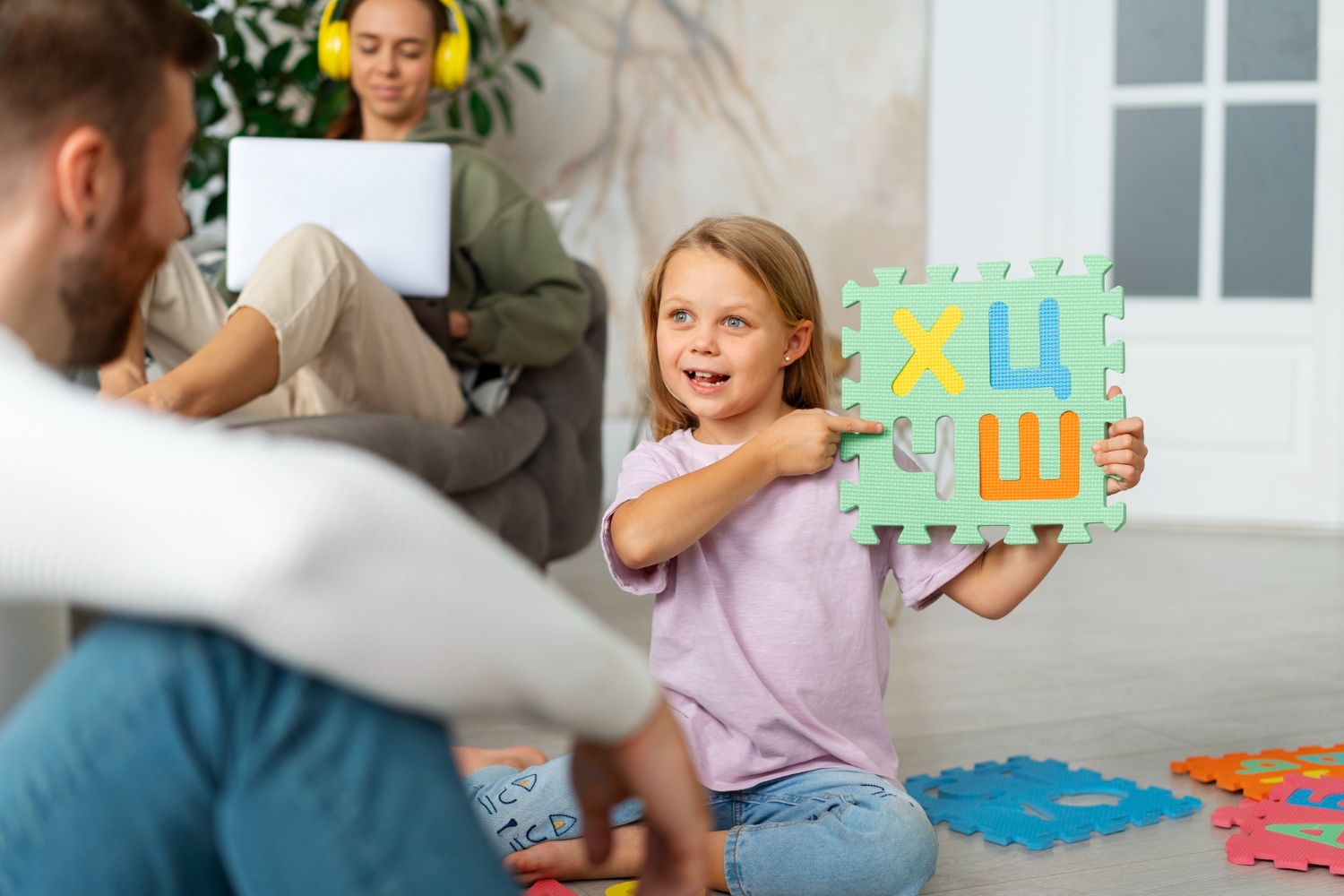Child Development: Key Stages and Supporting Emotional and Social Growth
Child development is an intricate journey, unique to every child, yet marked by universal milestones and stages. Understanding these developmental phases is crucial for parents, caregivers, and educators to provide the right support and environment conducive to a child’s growth. Equally important is nurturing their emotional and social development, which lays the foundation for their future well-being and interpersonal relationships. This blog post explores the significant stages of child development and offers insights into fostering their emotional and social skills.
Early Childhood: Laying the Foundation
The early years, typically from birth to age three, are a period of rapid physical and cognitive development. During this stage, children learn to trust their caregivers, develop bonds, and start to understand the world around them. Emotional and social development at this stage is about forming secure attachments. This can be supported by consistent, loving care, responding to their needs, and plenty of one-on-one interaction. Encouraging play is also crucial, as it is through play that children begin to learn about emotions, relationships, and social cues.
Preschool Years: Exploring and Learning
Between ages three and five, children enter the preschool stage, marked by a burgeoning sense of independence and curiosity. They start to develop a clearer sense of self and greater motor skills. Socially and emotionally, this is the time for children to learn about cooperation, sharing, and taking turns. Supportive adults can encourage this growth by providing opportunities for group play, teaching simple emotional recognition skills, and guiding them to understand and manage their feelings. Reading stories that address emotions and social scenarios can also be very beneficial.
School-Age Children: Broadening the Horizon
As children enter school age, from six to twelve years, they become more engaged with the world outside their family. This stage is critical for developing friendships, self-esteem, and a sense of responsibility. Children at this age are refining their emotional understanding and are better able to empathize with others. Parents and educators can support their social and emotional development by encouraging participation in team activities, fostering an environment where feelings can be openly discussed, and modeling positive social interactions. Teaching conflict resolution skills and encouraging children to take on age-appropriate responsibilities also play a vital role.
Adolescence: Navigating Complex Emotions
Adolescence is a time of significant change, both physically and emotionally. Teenagers are forming their identity, seeking independence, and dealing with more complex social dynamics. Their emotional world becomes more nuanced and sometimes turbulent. Supporting emotional and social development at this stage includes providing a safe, accepting environment where teens can express themselves. Active listening, without judgment, becomes key. It’s also a time to encourage healthy coping mechanisms for stress and to discuss broader social and emotional issues like relationships, peer pressure, and self-image.
In conclusion, each stage of child development brings its challenges and milestones, especially concerning emotional and social growth. The role of adults in this journey is to provide love, support, guidance, and appropriate boundaries. By understanding these developmental stages and responding to the unique needs of each child, we can help them grow into emotionally intelligent, socially adept individuals. Remember, the goal is not to mold children into what we think they should be, but to support them in becoming the best version of themselves.


